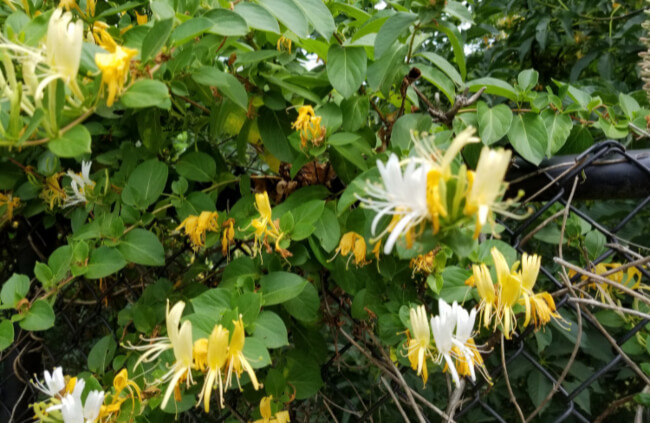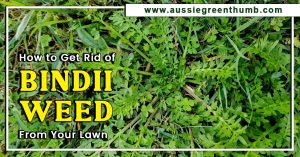For most of the year my Japanese Honeysuckle looks quite ordinary, though it covers the fence with consummate ease. Yet when spring arrives it becomes like a plant possessed firing new growth from every conceivable angle undeterred by other plants which may get in the way.
And then, as if you blinked, a flourish of new blooms covers the entire plant starting white and finishing a deep yellow.
More...
Introducing Japanese Honeysuckle
Lonicera is certainly a standout performer in the warmer months. The fragrant plethora of flowers transform any garden into an overnight success. But the characteristics that make Lonicera japonica a winner in the garden make it an invasive pest when let loose in the wild.
And it's not just a problem that devastates Australia's native vegetation. Many warmer climates around the globe struggle with it too.
Lonicera Species
- Lonicera hildebrandiana - Commonly known as the Giant Burmese Honeysuckle. It has a similar growth habit to the Japanese Honeysuckle but produces dark yellow flowers.
- Lonicera sempervirens - The Trumpet Honeysuckle displays gorgeous orange/red trumpet shaped flowers. This is a popular form of Lonicera predominantly grown in the US.
- Lonicera nitida - The Box Honeysuckle is more like a rambling shrub than a creeper and flowers yellow.
There are many other forms of Lonicera with differing bloom shapes and colours. If you're looking for something to hide and unsightly fence or work area, look at Japanese Honeysuckle (Lonicera Japonica)

How does Lonicera japonica become a weed?
Lonicera japonica grows berries which mature to black, and these can easily be transferred by wind or birds. The berries, which are really seed pods, have a successful propagating rate, and will establish themselves quite easily in most vegetations.
The Japanese Honeysuckle can also be propagated by layering and this is how it escapes under fences even more successfully.
How to Grow Japanese Honeysuckle Vine
Obviously, precautions need to be taken if you decide to grow Japanese honeysuckle vine in your own backyard. Check the fences that you are going to grow it on ensuring that it can't escape underneath them. Also, be vigilant in keeping the berries from maturing by cutting them off while they are still young.
Apart from this conditions, Lonicera japonica is a wonderful addition to any garden and can easily cover a 9-10m (30ft) fence within a couple of seasons. Japanese Honeysuckle requires a feed of fertiliser just prior to flowering in early spring and may need some tip pruning at the end of the season to maintain its shape.
Published on June 6, 2023 by Gary Clarke
Last Updated on February 14, 2024




